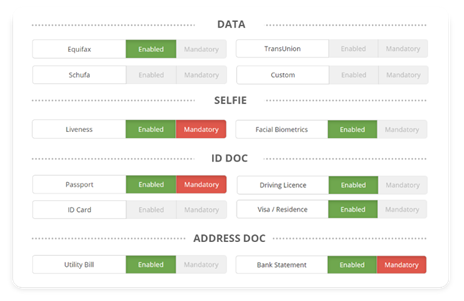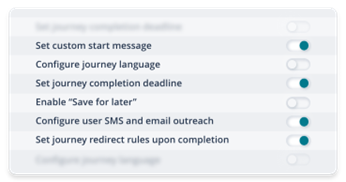‘Low-code’ and ‘no-code’… You may have heard these terms – and you’ll certainly hear us use them at HooYu. But what do we mean by low-code and no-code? And why are they features you should be on the lookout for?
In this quick guide, we’ll take you through what you need to know about low- and no-code solutions.
What do we mean by ‘low-code’ and ‘no-code’?
If you wanted to create an API, website or app, before the introduction of low- and no-code innovations, you needed an advanced knowledge of HTML, development environments, deployment processes and testing protocols. That meant, of course, that you needed to be, or have access to, a programmer. That could add delays and substantial costs to a project. To overcome these barriers, low- and no-code innvovations were created. These vastly simplified solutions allow those with little or no knowledge of traditional programming languages to put programmes to work without advanced technical skills.
How do they work?
To deploy a standard platform, there is a need to write large amounts of code for the programme to work. With low- and no-code platforms, the complex software development work takes place behind the scenes.
What are the benefits of low and no code solutions?
For non-developers, being able to ‘drag and drop’ selections, and create and orchestrate applications in a ‘what you see is what you get’ manner, allows for final, published interfaces that are easy to visualize and tech solutions that are just a few mouse-clicks away.
Integration of the HooYu platform is straightforward hassle-free – and it can take place in a matter of hours. That means there’s no need to wait for developer expertise and no additional development costs to factor in, either.

Is there a difference between ‘low-code’ and ‘no-code’?
Yes. A low-code solution is one that needs very little code to configure and deploy it. At HooYu, our low-code solutions require just five lines of code. All other orchestration and configuration can be done by pointing and clicking at options in the HooYu client portal.
By no-code we mean that the software can be deployed without any code needing to be written at all. At HooYu, our no-code solutions allow for all logic steps to be created, and all data to be handled, manually using nothing by simple, easy-to-understand configuration options. It’s important to understand that, even with no-code, all the images and results you need for a client, are easy to retrieve and download at the end of every verification journey.
Easy configuration with the HooYu no-code client portal
No developers? No problem!
We are often asked by prospective clients how difficult it will be for them to code an identity verification journey. We’re happy to say that with HooYu, the burden is entirely taken away from you.
Our easy-to-use client portal has been designed so that multiple KYC journeys can be configured and deployed without the need for developers or technical expertise. We’ll train you to orchestrate multiple KYC tools and configure the journey settings that work for your business and risk environment, and your users in a matter of hours.

HooYu no-code configuration settings
Orchestration settings: Decide on your KYC source and evidence settings
Score settings: Set identity confidence scores for a risk-based approach
Alert rules: Set caution alerts to prevent impersonation
Document rules: Ensure users meet your compliance requirements
Journey settings: Maximise journey conversion with your choice of UX settings
Result settings: Access and process results easily
Brand customisation: Customise the look and feel of the HooYu journey to match your brand properties
Alternatively, if you have developers ready and waiting, we can set them up with access to our API.
For more information on our no-code and low-code options, visit this page of our website or contact info@hooyu.com for a demonstration.


